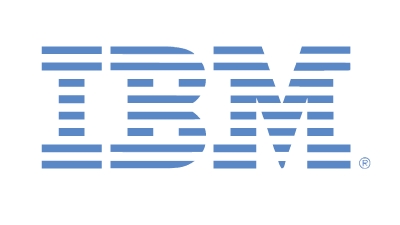Partners Flock To Intercloud, Cisco Exec Says
Submitted by Kevin McLaughlin on

Cisco's Intercloud strategy caused some confusion in the channel when the vendor first unveiled it in March, but now there's a clear path for all sorts of different partners to add value to what it's pitching as a 'network of clouds.'
That's according to Ellen Berlan, director of cloud and managed services for Cisco's Americas partners organization, who talked about progress the vendor has made in getting partners on board with its vision at the Next Generation Cloud conference in San Diego Thursday.
One of the key parts of Cisco's strategy is Intercloud Fabric, its technology for connecting the different clouds, which makes it possible to move workloads from a public to private cloud, and vice versa. It's also hypervisor-agnostic for maximum compatibility.
[Related: Need More Brainpower? Google's Kurzweil Says There Will Soon Be A Cloud For That]
This compatibility, and the linkage between public and private clouds, is key to what Cisco is trying to achieve with Intercloud, Berlan said.
"We helped connect networks to the Internet, and we're now aiming to connect clouds to the Intercloud," she said.
Berlan said Cisco's cloud business has grown 100 percent in the past year, but acknowledged that more work remains when it comes to getting the channel involved with public cloud services.
Some partners see public as a sort of pyramid scheme, and most everyone has questions about how to make money from it, said Berlan.
Berlan said Cisco designed Intercloud to address CIO concerns about the cloud, with strong policy management and control features. "We have ACI [Application Centric Infrastructure], Cisco's answer to software-defined networking policy that can standardize across clouds," she said.
Cisco also has a growing ecosystem of vendors around Intercloud, Berlan said. That includes the addition of more than 30 new service providers, distributors and resellers, and the launch of a new Authorized Technology Provider (ATP) program for solution providers.
The ecosystem is a particularly important point for Cisco, which is aiming to put itself at the center of a new type of cloud offering that's sold by its vast channel. "This is not a Cisco solution, it's an infrastructure built on all of you," Berlan said. "We could not do the Intercloud without our channel partners."
Another important part of Intercloud is that it has room for partners that sell private clouds and ones that are focused on public clouds.
Partners that sell private clouds based on selling Cisco UCS servers also can get engaged with the Intercloud Fabric and start moving workloads from enterprise customers to the public cloud and back, she said.
Cisco has Alliance partners like British Telecom,Telstra and Deutsche Telekom. Cisco drops a "pod" in its data centers that serves as way to roll out data services through these providers, which then become part of the Intercloud, said Berlan.
Cisco Cloud Consumption Services, an offering in which Cisco works with enterprises to assess how much shadow IT they have in their environments, is another popular offering in the channel, said Berlan. Cisco sells this as a one-time assessment, and as an annual subscription.
Cisco, which ran the service internally, was surprised at how much shadow IT was uncovered, Berlan said.
"How many people are just swiping their credit cards and putting data out there in the cloud?" she asked.
Finally, Cisco has reseller partners that can sell services from its other channel partners. In addition to reselling, Cisco also wants partners to add their own technology in order to ensure profitability, said Berlan.
"The opportunity is not just selling cloud services, but also depends on what sort of special sauce you can add."






